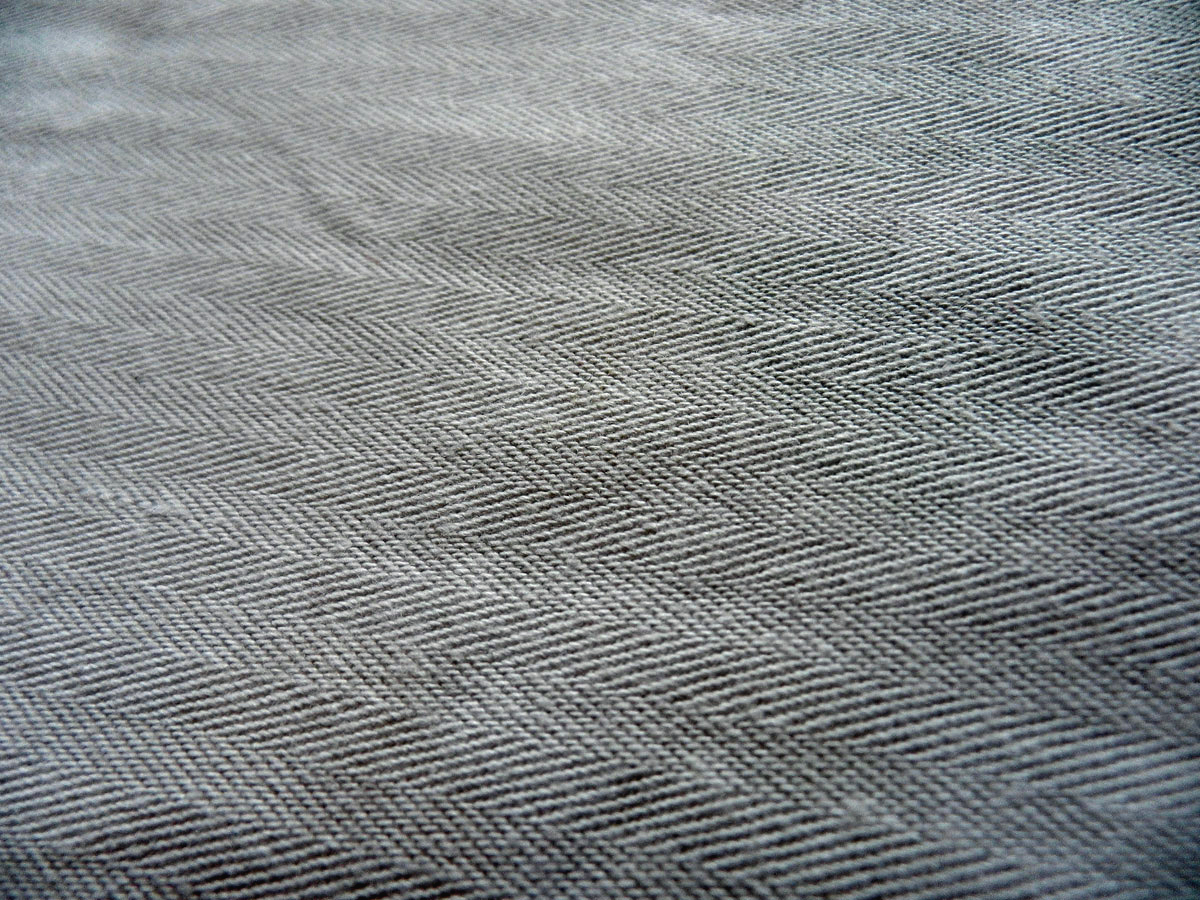
News

SVS on Social
Want to see the SVS team in action?
Be sure to follow us on Facebook and Instagram!

SVS in the Press


SVS Blog
My dog just had a TPLO – did it work?
Let’s assume your dog was indeed diagnosed with a CCL injury, you brought them to Simon Veterinary Surgical for a Tibial Plateau Leveling Osteotomy (TPLO), and now you’re curious to see if the surgery did what it was supposed to. In other words, you’d like to know: is the joint stable again?
Let’s discuss how to interpret what you see during the joint stability tests following a TPLO.
How can I tell if my dog has a CCL injury?
There are a couple of methods Dr. Simon uses when determining if your dog has injured their cranial cruciate ligament (CCL; equivalent to the ACL in humans). Today, we are going cover two of those methods using joint stability tests, which you can also try on your dog at home.
Is your furry friend is missing a bumhole?
We all know the saying ‘everybody poops’, but sometimes that’s not always true. Occasionally, animals are born without a bumhole, so as with any clogged pipe, the poo starts to back up quite quickly. Luckily, there is a surgical procedure, called ‘anal atresia reconstruction’ that Dr. Simon has mastered, giving our little bumhole-less friends a new opening and a chance to live a long, happy life.
HAPPY E-COLLAR AWARENESS WEEK!!!
Since surgery is our jam, nearly all of our patients have some sort of incision site and are sent home with an e-collar, letting the incision heal on its own.
We understand that e-collars seem like a ridged and outdated tool, but trust us when we say that they work. If you can bear with us through the 2-week e-collar period, you will be your setting your pet up for a healthy, speedy recovery.
Nutritional bone disorder: How Sophie the Wonder Dog inspired us all
Sophie came to us in October 2020, during the thick of a seemingly never-ending pandemic. Watching her tenacious journey was the happy success story we all needed. In helping her, she helped us - and thus, she became “Sophie the Wonder Dog.”
What is PRP? … And does my pet need it?
Platelet-rich plasma (PRP) therapy is a cutting-edge form of regenerative medicine. It takes advantage of the body’s own growth factors to speed up the healing process of sports-related injuries.
What happens behind the scenes of a TPLO surgery?
As you are waiting for the big surgery day, we know you might be a bit curious about what happens while your pup is under our care. So today, we’d like to walk you through a typical TPLO using our lovely patient, Coco, to help illustrate the process.





























